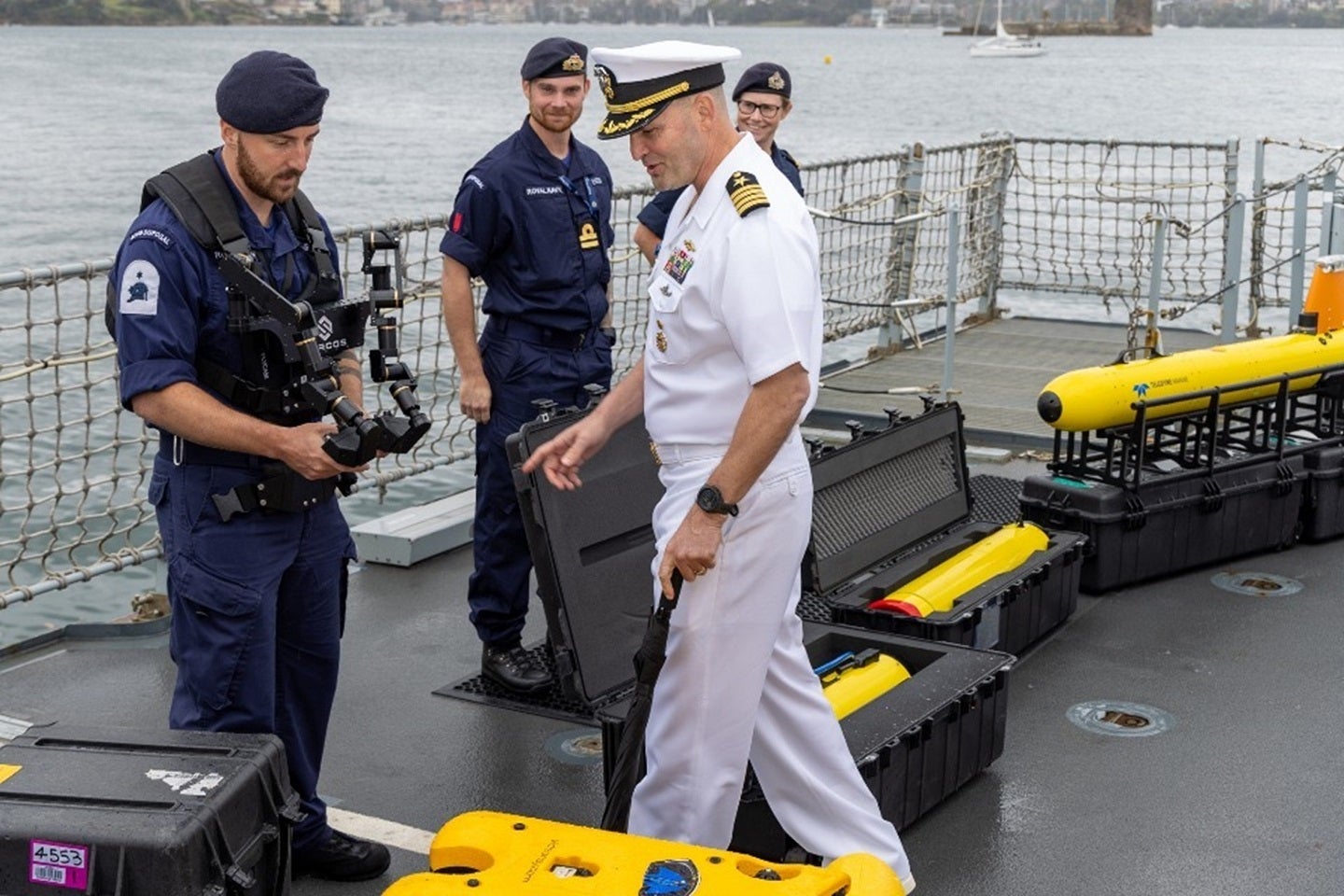
Maritime forces from Australia, the United Kingdom, and the United States have successfully tested new undersea capabilities.
The joint exercise centred around the Australian undersea support vessel ADV Guidance demonstrates a commitment to bolstering regional security and leveraging technologies.
The AUKUS nations conducted the joint exercise off the east coast of Australia, showcasing the capabilities of ADV Guidance. This new Australian undersea support vessel played a central role in testing undersea technologies to extend the lethality of warfare capabilities beneath the waves.
James Marques, aerospace, defence, and security analyst at GlobalData, provided commentary on AUKUS bracing for a leap in industrial efforts, “Aiming to address rising tensions with the PRC, the pact focuses on joint efforts in electronic warfare, AI, hypersonic weapons, and quantum technologies, with the centrepiece being Australia’s acquisition of nuclear-powered attack submarines.”
Lieutenant General Rob Magowan, the UK’s deputy chief of defence staff for military capability, witnessed the trials, highlighting the collaborative strength of the three nations. The UK’s offshore patrol vessel HMS Tamar also played a role, employing a combination of divers and autonomous underwater vehicles to conduct mine countermeasure operations and monitor infrastructure.
Chief of Navy, Vice Admiral Mark Hammond AO, Royal Australian Navy, emphasised the importance of autonomous systems in defence, “As we have seen in the Ukraine conflict, scalable autonomous and semi-autonomous systems have the capacity to transform warfighting.”
Admiral Samuel Paparo of the US Navy stressed that AUKUS goes beyond the exchange of submarines, “In a dynamic strategic environment and the escalation of competitors’ coercive activities, AUKUS is not just about the exchange of submarines and capabilities, it is an expansion of our continued trust in and commitment to our allies.”
The collaborative efforts extend to industrial partnerships, with AUKUS partners investing in joint projects and enhancing technological capacities. The visit to Rolls Royce in Derby, where nuclear reactors for the SSN-AUKUS submarines will be built, exemplifies the depth of collaboration among the nations.
The UK Ministry of Defence (MoD) has initiated the Detailed Design and Long Leads (D2L2) phase for the future nuclear-powered attack submarine (SSN) AUKUS, allocating a £4bn ($4.87bn) investment to three British defence primes: Babcock, BAE Systems, and Rolls-Royce.
The AUKUS partnership’s recent undersea capabilities exercise signifies a united front in pursuing technologies, increased interoperability, and shared defence commitments, reinforcing the alliance’s goal of ensuring security and stability in the Indo-Pacific region.







